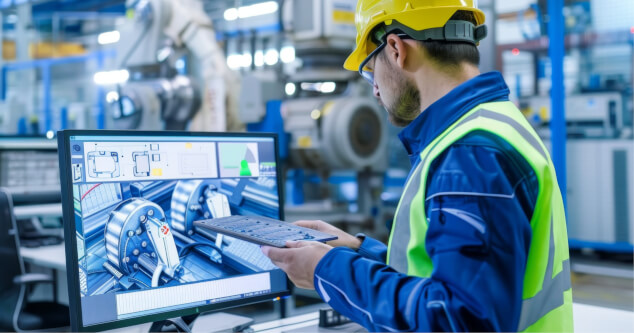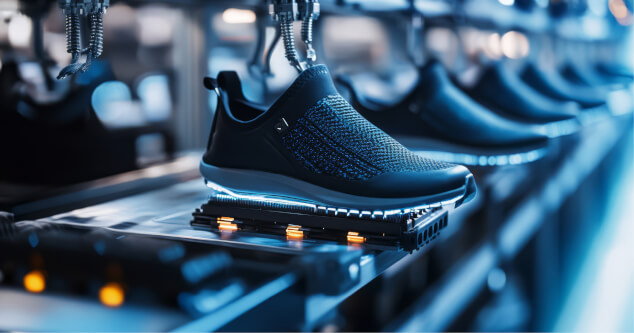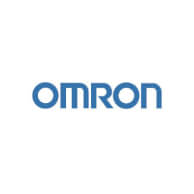Product and process design - doing it digitally
Publisert 10. april 2025 i Industry 4.0
How should manufacturers wanting to embrace digitalised manufacturing approach product and process design?
Here’s the scenario: you're a manufacturer wanting to develop a new product and will need to invest in a new line to produce it. You’ve read about the benefits of digitalisation and are keen to adopt a more high-tech approach. Where do you start?
If you're developing a new product and need a new production line, the first principle is that product design determines process design—not the other way around. The second is that both happen in parallel, reducing time to market in a digital factory.
What’s the big idea?
All partners in the project - machine and line builders, OT and IT engineers, automation and integration specialists - need to know what you are trying to achieve with the product, what features it should incorporate and what factors are driving its development. Only then can they recommend the right solution.
You will also need to establish what processes are needed to manufacture this product. Break this down into a series of individual steps. The challenge is that this needs to be approached as a multi-layer exercise - the cyber processes as well as the physical processes need to be specified. Consider what connectivity you will require between each of the manufacturing processes and what data you need for traceability, quality control and factory monitoring purposes. This will give your project partners an understanding of how the machines need to be connected to one another in order to achieve the desired outcomes.

Virtual visualisation
Once the requirements are clear, a digital twin of the factory layout can be created. This virtual replica simulates the production process, allowing manufacturers to de-risk projects, avoid costly mistakes, and significantly reduce time to build and test. This is especially beneficial in automation, where speed and reliability are crucial. With digital twins, errors are corrected in the virtual world, saving time and costs in the real world.
Balancing conflicting demands
This stage involves iterative testing. Sometimes, product modifications are necessary to ensure efficient production. For example, a creatively shaped beverage container might require redesigning for smooth handling on the line. A digital process allows for rapid adjustments and testing, accelerating decision-making and improving product viability.
Collaboration is crucial
It is not just the product that might require modification, but also the process, in order to accommodate changes to the product design and to optimise line performance. Your IT provider might have the capabilities to make changes at a digital level but will not necessarily know whether this is feasible in the real life production environment. This where the OT and automation partners add value - by giving data and insights that will enable it to understand how the system will behave in real life.
Take, for example, a gripper for a robotics cell. A lighter weight gripper will use less energy and cost less but might not match the strength and precision of a heavier gripper. Working in collaboration, your project partners should be able to test different performance parameters in a virtual environment to determine the optimum design - preventing costly real world mistakes and accelerating time to market.
A twin is for life
Once the product and process are validated digitally, OT experts and machine builders implement them in the real world. But the digital twin remains useful beyond this stage:
- It mirrors the physical system in real time.
- It enables manufacturers to test new materials, ingredients, or tools in a safe digital environment.
- It supports predictive maintenance and energy management.
With continuous monitoring, manufacturers proactively optimize operations instead of reacting to failures.
Greenfield vs brownfield projects

Keeping pace with trends
1. ‘Design anywhere, build everywhere’
- Multinational companies increasingly standardize engineering and design methodologies.
- Digital twins enable consistent replication of production processes across global sites.
- Shared data ensures efficiency, quality, and alignment across geographies.
2. Making mechatronics
- Mechatronics integrates mechanical and electronic engineering in product and process design.
- Critical in industries like automotive (e.g., Advanced Driver Assistance Systems), where mechanical and electronic components interact.
- Digital modeling streamlines complex designs, ensuring successful integration of electrical, mechanical, and software components.
